The Ringling News
07 December 2023
Restoring the Rupp Pavilion
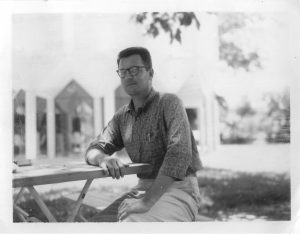
William Rupp, architect in 1961 age 34 outside the Pavilion
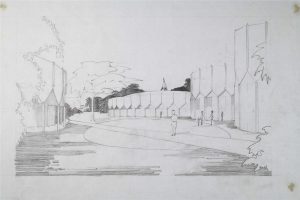
Pavilion-rendering
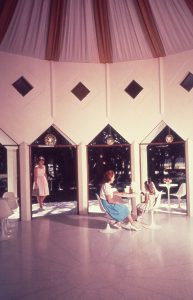
Interior photo 1961 with Tulip tables and chairs
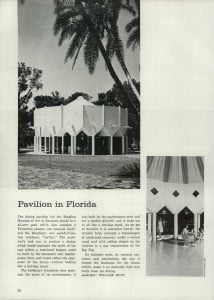
Pavilion in Florida, Architectural Forum, August 1961
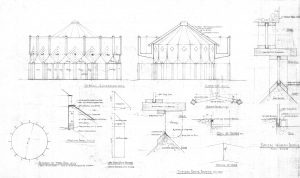
Architectural details for Rupp Pavilion (Courtesy of RMA Archives)
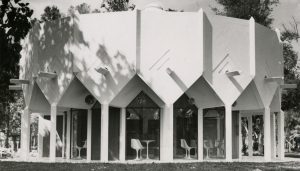
Exterior view 1961 with Tulip tables and chairs b/w
Over the next two years, The Ringling will restore the Rupp Pavilion to its original configuration which represents our embrace of Modernism during the post-war era. Modernism was embedded in The Ringling from the very beginning by our first director, Chick Austin.
History of the Rupp Pavilion
- Commissioned in 1957 by J. Kenneth Donahue, the second director of The Ringling
- In 1961, it became the first food concession stand at The Ringling with food service operated by the Howard Johnson’s restaurant chain.
- It was unlike any another food concession in America.
- Designed by the young Sarasota architect, William Rupp, it was designed in the Sarasota Modernism architectural style.
Sarasota Modernism Architecture
The Rupp Pavilion celebrates the mid-century modern principles of design, innovative construction methods, and response to climate that is the hallmark of Sarasota Modernism.
It was featured in Architectural Forum’s 1961 issue dedicated to “New Talent for the Sixties.” The article calls out these key elements of the design:
The building’s formalism maintains the spirit of its environment; it was built by the maintenance crew and for a modest $15,000 and it looks not at all like a hot-dog stand. Architectural Forum, August 1961
Key design features of the Pavilion
Formal, centralized plan
The central skylight allowed the building to act as a “timepiece” to mark the passage of the sun
Projecting scuppers create a fountain in the rain
Creative use of inexpensive materials; concrete, terrazzo floors, concrete blocks laid up in diagonal pattern
Drapery at ceiling level recalls the “Big Top” as its location is near the Historic Circus Museum.
And the Saarinen-designed ‘Tulip’ tables and chairs
Its intimate scale, its textural contrasts, and, particularly, the way it frames the landscape for the diners within, make it an unusually light and lively room for dining. Architectural Forum, 1961
About William Rupp
William Rupp was the only architect featured in The Takeover Generation in Life Magazine, Sept 14, 1962, dedicated to “One Hundred of the Most Important Young Men and Women in the United States.”
Rupp shared recognition with other up-and-coming young change-makers including John Updike, Leontyne Price, and Edward Albee.
Architecture at The Ringling
The Rupp Pavilion represents an important era in architecture at The Ringling and accompanies the following architectural gems on our campus:
- Ca’ d’Zan, designed by Dwight James Baum, supervised by Ralph Twitchell who, with Paul Rudolph, founded the Sarasota School in 1941.
- Museum of Art and the Ringling Cottage by John Phillips, architect of the central section of the Metropolitan Museum of Art and of the M.I.T. campus in Cambridge, MA
- McKay Visitors Pavilion and Searing Wing by Yann Weymouth, architect of the Glass Pyramid at the Louvre and the Dali Museum in St. Petersburg, FL
- Tibbals Learning Center by John Toppe, regionally known for his focus on Green buildings and sustainability
- Chao Center for Asian Art by Machado Silvetti, architects of the Getty Villa renovation, and recipient of the AIA National Honor Award for Architecture
- Ellis Tea House by Glenn Darling, principle of Hall/Darling architects in Sarasota with guidance by Urasenke Foundation Kyoto and New York
- Kotler/Coville Glass Pavilion by Architects Lewis + Whitlock based in Tallahassee, FL